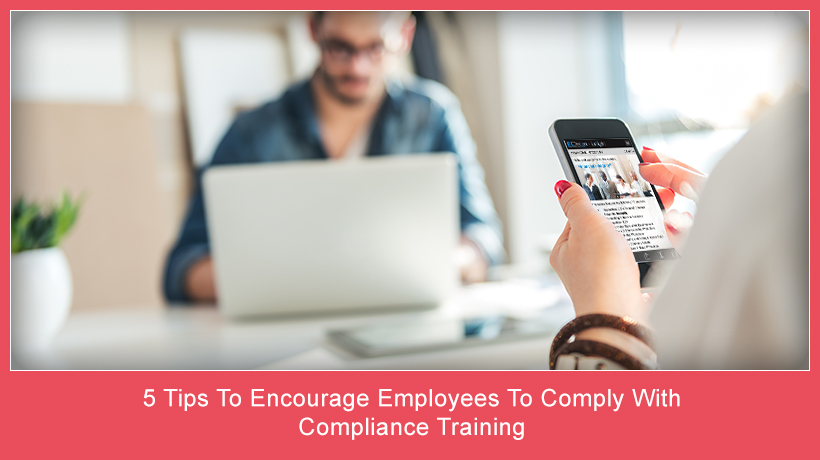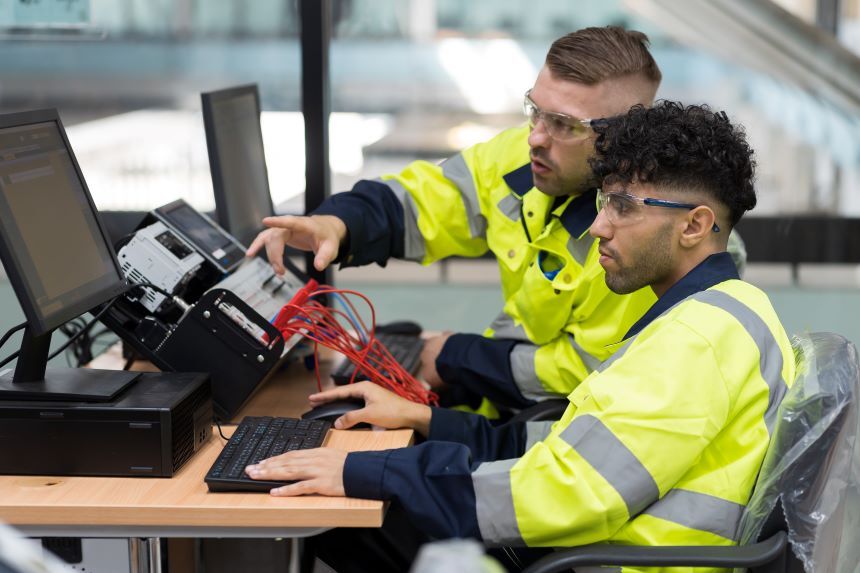
Effective training drives performance and positively impacts business KPIs. In this article, I highlight why and how L&D teams must build and align employee upskilling and reskilling programs with enterprise strategies and goals for maximal impact.
L&D teams are traditionally great at building learning assets and programs – in any number of formats and modalities. But not much effort goes into determining if these learning programs helped employees gain new skills and improve their performance.
Upskilling or reskilling programs are similarly fraught, with no way to measure post-training performance change.
So, what approaches should you adopt to ensure learning programs drive employee skill development? How can you ensure training programs drive effective upskilling and reskilling?
In this article, I highlight why and how L&D teams must build and align employee upskilling and reskilling programs with enterprise strategies and goals for maximal impact. You will learn:
Why Is There a Need to Review Employee Skill Development Programs?
In today’s business world, the most important skills employers should seek and develop in employees are problem solving, critical thinking, digital literacy, learning, and adaptability.
Unfortunately, most training programs are designed from the top down with little consideration of real-world employee skill development needs – as the skills required today aren’t the same as they were yesterday and are different from those needed for success tomorrow.
L&D teams are traditionally great at building learning assets and programs – in any number of formats and modalities. But not much effort goes into determining if those learning programs help employees gain new skills and improve their performance. For example, it’s not uncommon for corporate L&D teams to put new hires through hours of new hire training that does not necessarily equip them to be aligned to their role – within the stipulated time.
Upskilling or reskilling programs are similarly fraught, including training with no way to measure post-training performance change.
Additionally, most learning programs neglect to include the practice and feedback loops required for true knowledge and skill acquisition. So those skills are impossible to effectively apply on the job. They lack follow-up from managers and coaches.
How to Design Learning Programs that Drive Employee Skill Development?
There are several approaches to develop learning programs that drive employee skill development.
When transforming training programs, keep the following in mind:
- Align employee skill development programs with enterprise strategic initiatives: For example, consider a call center, which has as its highest corporate goal, to have call center agents handle as many customer service calls as possible each hour. Well-meaning executives and L&D teams may force employees through customer service training that focuses on taking as much time as needed to determine customer concerns and resolve those concerns. While their customer service scores may increase, employees in the end are penalized because they’re not cycling through enough calls required to meet the enterprise goals.
- Integrate learner needs (with their expectations) to facilitate employee skills development: Such programs connect past knowledge and experiences to new knowledge and skills. Scaffolding is essential for effective learning and hence the old L&D adage – “context is king.” With appropriate context, new information is scaffolded in the minds of learners. They’re able to organize and recall new information after training.
- Offer personalized learning journeys and create roadmaps to identify effective checkpoints that help employees and managers track progress: Right now, many organizations enjoy the challenge of diverse workforces, including diversity in age. At any given moment, some companies may employ those from up to five different generations, each with their own levels of experience and expectations. Personalized learning journeys and roadmaps can help break down the barriers to effective employee skill development programs that traditional training can’t. They give employees ownership and accountability for their learning journey.
- Adopt a holistic and an ecosystem-based approach: Employee skill development programs should support employees with:
- Knowledge acquisition: The traditional standard for truly effective training content development—Bloom’s taxonomy—is still effective when applied correctly. Learning objectives should build on the following levels of learning: remember, understand, apply, analyze, evaluate, and create. It’s not enough for employees to just remember new knowledge, but they should understand it. Understanding then leads to application. Once an employee can apply new knowledge, they can analyze results and evaluate its efficacy. That leads to them gaining the ability to innovate new and creative ways to accomplish their goals more effectively.
- Deliberate practice: This leads to unconscious skills application. Consider how complicated it is for new drivers to safely drive a car with a manual transmission. Not only are they worried about traffic laws, driving the appropriate speed, and navigating to their destination but they must also focus on switching gears using the clutch with their feet and the gear shifter with their hand. But after deliberate practice, new drivers begin to do all of that without conscious thought – it becomes second nature.
- Application on the job: The most effective employee skill development programs are those that include learning and application on the job. Any employee skill development program that’s not immediately applicable on the job is doomed for failure.
- Frequent and consistent coaching and feedback: Coaching and feedback are essential to effective learning. While some say, “practice makes perfect,” a more accurate statement is “perfect practice makes perfect” but employees won’t know if they’re making mistakes if they’re not coached by more experienced coworkers and managers.
- Add refresher and follow-up opportunities: These serve to reinforce what employees gained in employee skill development programs.
- Integrate Experiential learning: Where it’s safe for employees to practice application, fail, receive feedback, and then try again facilitating effective skills acquisition.
- Validate learning outcomes: This final step is the first thing to determine for truly effective employee skill development programs. The first question any L&D practitioner should ask themselves, before development is, “How will we determine the impact of this learning program?” It is vital to follow through with measuring learning effectiveness to iterate and improve learning programs.
Parting Thoughts
Problem solving, critical thinking, digital literacy, learning, and adaptability are all skills essential for success in today’s business environment. Not all employees possess those skills though, so L&D teams need to design learning programs that drive effective employee skill development. I hope the concepts discussed in this article will help you facilitate these programs so that companies can remain competitive.
Read More
-
- Prove and Improve – How to Measure and Demonstrate the Impact of Your Training Programs
- Research Brief – Tying Learning Investment to Performance
- How to Get Your Employees to Learn Faster and Improve Learning Retention
- How to Build Better Learning Experiences with Personalized Learning – Featuring 3 Examples
- How to Design, Integrate, and Deliver Job Aids to Increase Learner Engagement and Drive Performance



